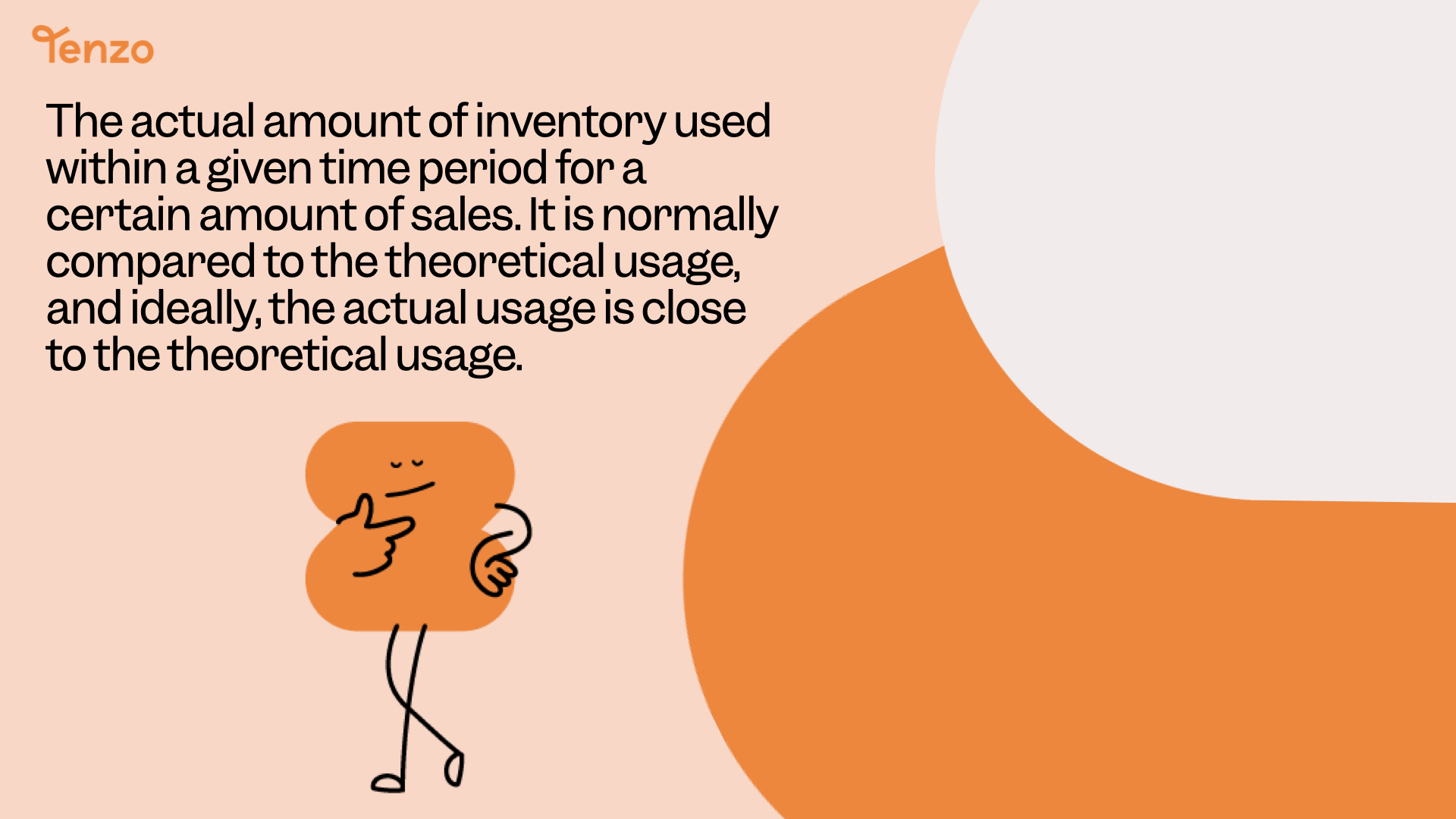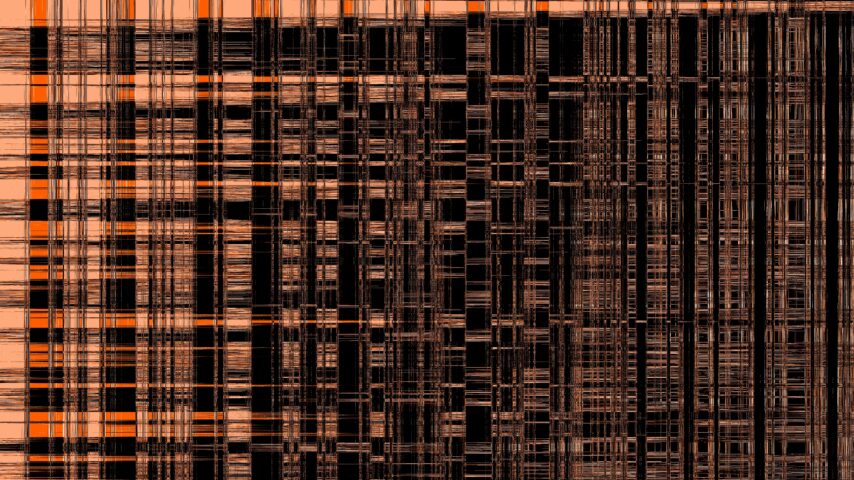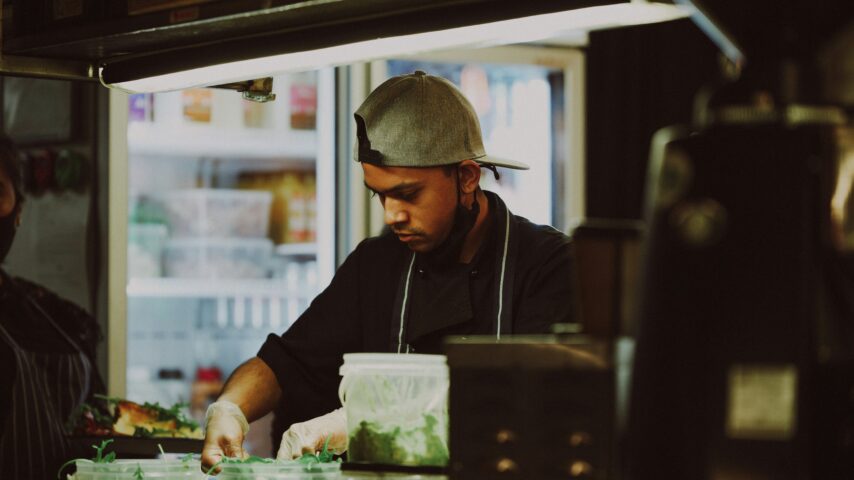Are you wondering how to accurately measure the usage of your restaurant?
To understand the true usage of your restaurant, you need to consider more than just the number of customers who walk through your doors.
In this article, we will define actual usage for restaurants and explore how to calculate it accurately.
What is Actual Usage?
Actual usage refers to the measurement of resources, such as ingredients, utilities, and labour, that are consumed or utilised in the restaurant operations. It is the true amount of resources that are used in the day-to-day functioning of a restaurant.
Tracking actual usage is essential for restaurant owners as it helps them identify and reduce waste. By understanding how much of each resource is actually being used, owners can make informed decisions to optimise their operations and reduce unnecessary expenses.
How to Calculate Actual Usage?
Calculating actual usage for different resources in a restaurant involves a systematic approach. To calculate ingredient usage, factors such as portion sizes, recipe yields, and waste need to be considered.
By accurately measuring the amount of each ingredient used in a dish and accounting for any waste, restaurant owners can determine the actual usage of ingredients. However, accurately measuring and tracking actual usage can be challenging for restaurant owners due to factors like variations in portion sizes, inconsistent recipe yields, and human error in recording data.
The formula for actual usage is;
= (Opening Inventory Count qty + Purchases qty – Closing Inventory Count qty) x item cost
How to Reduce Actual Usage?
In an ideal world, the actual usage would match the theoretical usage. This shows that the correct amount of inventory is being used based on the recipes and the amount of sales.
There are several practical tips and strategies that restaurant owners can implement to reduce actual usage. Effective inventory management plays a crucial role in reducing actual usage as it helps in tracking and controlling the amount of resources being used.
Techniques such as portion control, batch cooking, and recycling initiatives can also be employed to minimise waste and optimise resource utilisation.
Technology solutions like automated reporting systems can be used to track and analyse actual usage data, providing valuable insights for waste reduction and cost savings. By implementing these strategies, restaurant owners can effectively reduce actual usage and improve their overall operational efficiency.
Conclusion
In conclusion, understanding and tracking actual usage is crucial for restaurant owners. It allows them to accurately assess their business performance and make informed decisions. By calculating actual usage, restaurant owners can identify areas of improvement and implement strategies to reduce waste and increase efficiency. This not only helps to reduce costs but also enhances customer satisfaction and overall profitability. Therefore, it is essential for restaurant owners to prioritise actual usage in order to run a successful and sustainable business.




